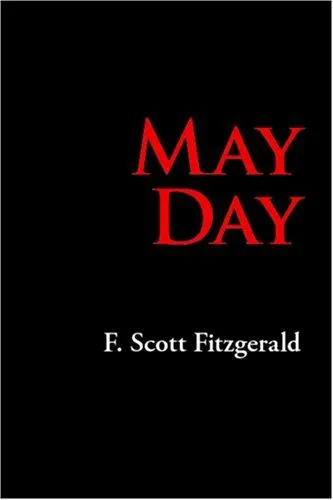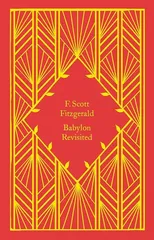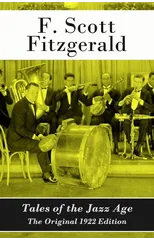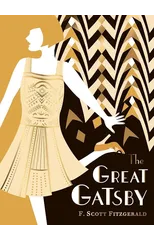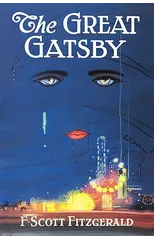May Day, Fitzgerald's first great novelette, mingles autobiographical details with events from contemporary history. In May 1919, after an interfraternity dance at Delmonico's, Fitzgerald was bounced out of the Fifty-ninth-Street Childs for a disturbance similar to the one created by Peter Himmel in the story. At the same time, the assault on the New York Trumpet by a mob of drunken soldiers parallels a raid on the socialist New York Call during the red scare of 1919. Like many of Fitzgerald's stories from Tales of the Jazz Age, May Day includes a "touch of disaster"--in this case the violent despair of down-and-out Yale man Gordon Sterrett--which is contrasted with the oblivious pursuit of pleasure by Gordon's double, his wealthy, man-about-town classmate, Philip Dean. May Day is a masterpiece from one of America's greatest writers. Newly designed and typeset in a modern 6-by-9-inch format by Waking Lion Press.
F. Scott Fitzgerald
F. Scott Fitzgerald was an American novelist and short story writer known for his portrayal of the Jazz Age in American literature. His most notable works include "The Great Gatsby," "Tender is the Night," and "This Side of Paradise."
Fitzgerald's writing style is characterized by his use of lyrical prose and exploration of the themes of wealth, class, and the American Dream. He is considered one of the greatest American writers of the 20th century and his works continue to be studied and celebrated for their insight into the social and cultural dynamics of his time.
"The Great Gatsby" is Fitzgerald's most famous work and is widely regarded as a masterpiece of American literature. The novel explores the themes of love, wealth, and the pursuit of the American Dream, and has had a lasting impact on the literary genre of the novel. Fitzgerald's contributions to literature include his exploration of the complexities of human relationships and his keen observations of American society during the 1920s.
